| Thursday, November 17, 2022 | |
Opening Keynotes |
|
| 10:00 | Welcome Note |
Laith Altimime, President, SEMI Europe Welcome Note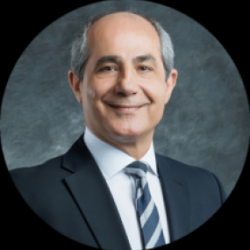
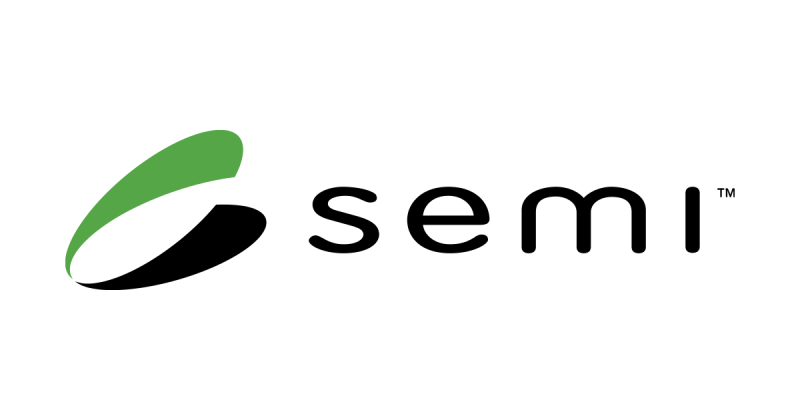 Abstract Biography |
|
| 10:10 | Keynote |
Keynote Opening |
|
Alessandro Curioni, IBM Fellow, Vice President Europe and Africa and Director IBM Research - Zurich, IBM Zurich Keynote Opening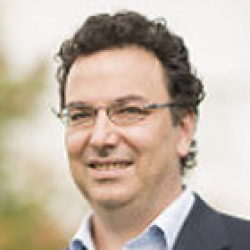
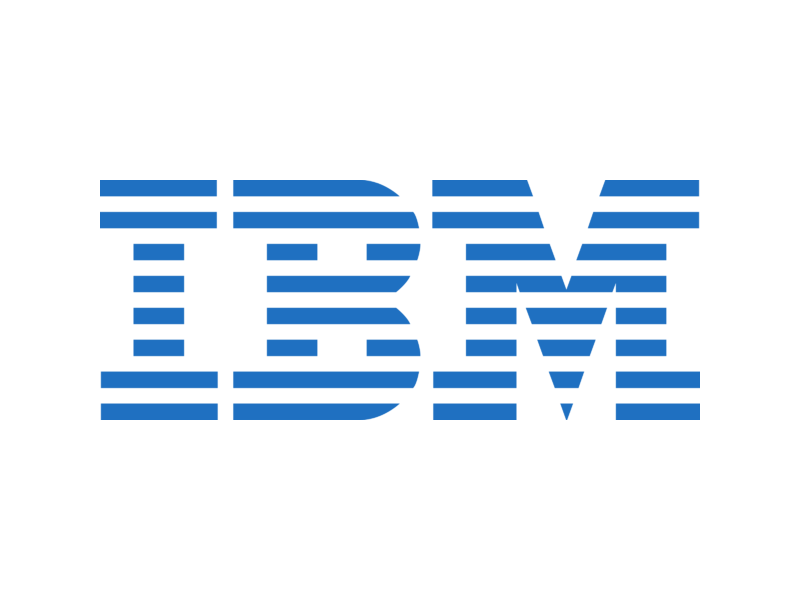 Abstract Biography |
|
| 10:30 | Keynote |
Net-Zero: A Call to Action for the Semiconductor Industry |
|
Anneclaire Mohr, Managing Attorney, Business, Regulatory and Sustainability Legal (Europe, Middle East and Africa), Intel Germany GmbH & Co. KG Net-Zero: A Call to Action for the Semiconductor Industry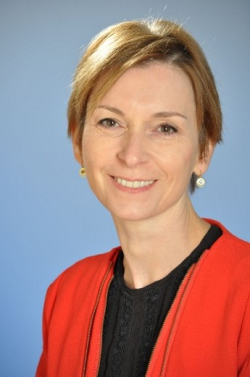
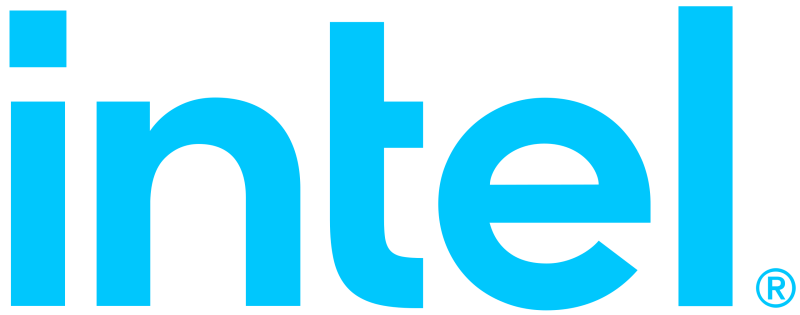 Abstract Biography |
|
Journey to Net-Zero Emissions |
|
| 10:50 | Opening remarks |
| 10:55 | Holistic view of the industry, Mousumi Baht, SEMI |
| 11:10 | Reserved |
| 11:25 | Collaboration - The challenge to reduce emissions during a period of growth |
Chris Jones, Environmental Solutions Business Development Manager, Edwards Vacuum Collaboration - The challenge to reduce emissions during a period of growth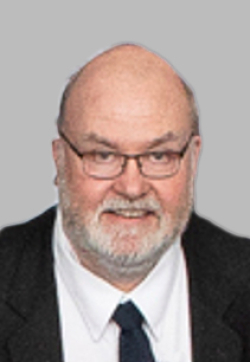
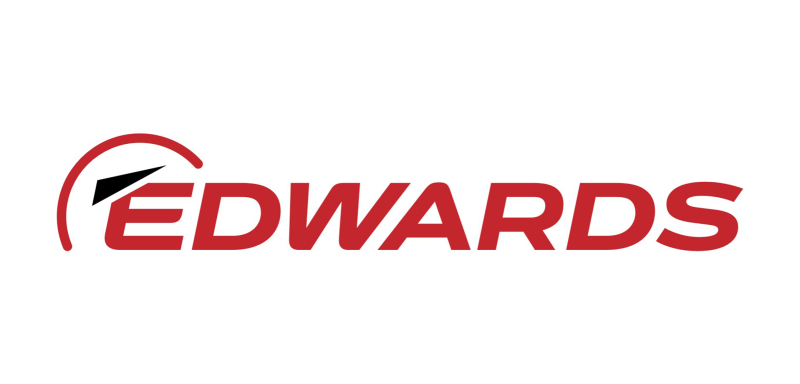 Abstract Biography |
|
| 11:45 | The Road To A Zero-Emission Subfab |
Guy Davies, Director Business Development Global, DAS Environmental Expert GmbH The Road To A Zero-Emission Subfab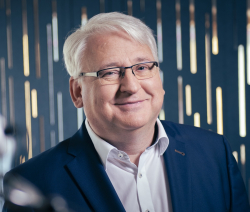
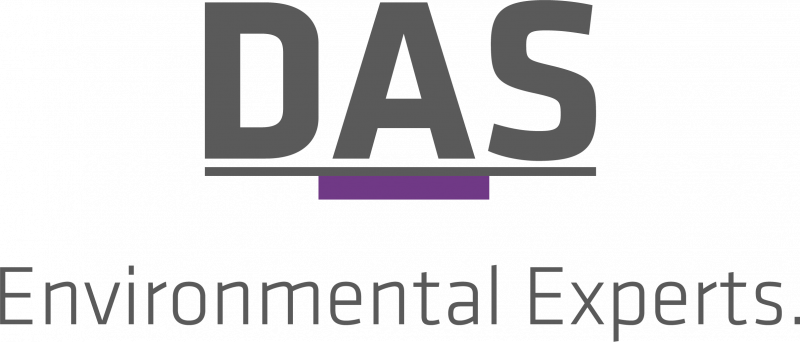 Abstract Biography |
|
| 12:05 | Lunch break |
| 12:55 | Welcome back |
| 13:00 | The environmental footprint of Si chip manufacturing |
Cedric Rolin, Program Manager, Imec The environmental footprint of Si chip manufacturing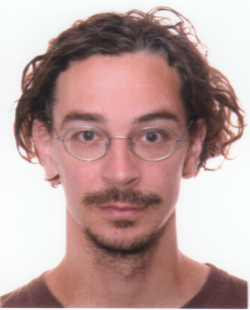
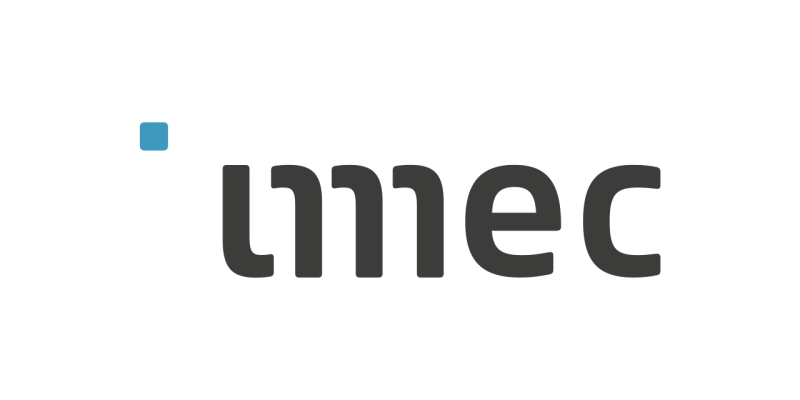 Abstract Biography |
|
| 13:20 | Green ICT |
Robert Wieland, Project Manager, Fraunhofer Research Institution for Modular Solid State Technologies EMFT Green ICT
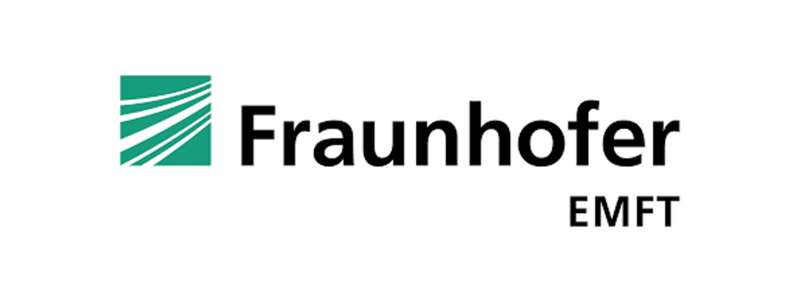 Abstract Biography |
|
| 13:40 | Reserved for business partner |
| 14:00 | Panel Discussion |
| 14:30 | Coffee break |
Smart Solutions for Green Manufacturing |
|
| 14:50 | Opening remarks |
| 15:00 | Green AI |
John Kelleher, Professor, TU Dublin Green AI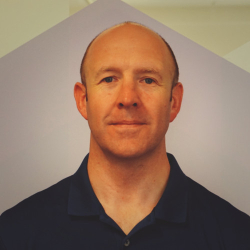
 Abstract Biography |
|
| 15:20 | Green ICT |
Nils Nissen, Head of Department, Fraunhofer Institute for Reliability and Microintegration IZM Green ICT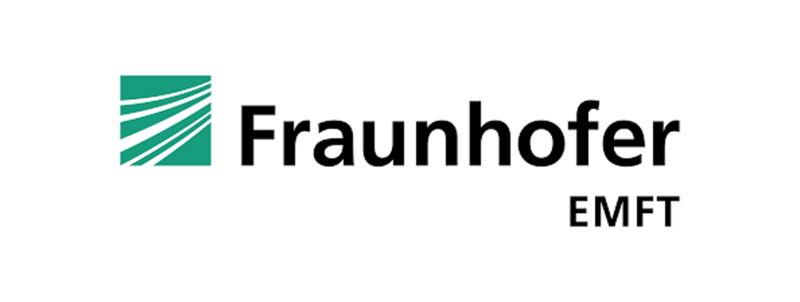 Abstract Biography |
|
| 15:40 | Reserved for Flexciton |
| 16:00 | Reserved for business partner |
| 16:20 | Sustainability Improvements in Semiconductor Manufacturing Using Smart Manufacturing Technologies |
Andreas Neuber, Director Environmental Services, Applied Materials Sustainability Improvements in Semiconductor Manufacturing Using Smart Manufacturing Technologies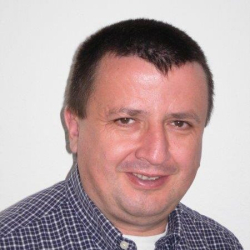
 Abstract Biography |
|
| 16:40 | Treading lightly: How a pandemic pivot to remote integrations helped reduce our carbon footprint |
Doug Suerich, Product Evangelist, PEER Group Treading lightly: How a pandemic pivot to remote integrations helped reduce our carbon footprint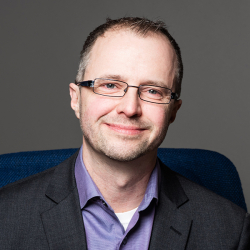
 Abstract Biography |
|
| 17:00 | Effect of Gas Abatement Selection and Destruction Efficiency on Carbon Neutrality Goals |
Adam Stover, Chief Technology Officer, centrotherm Clean Solutions Effect of Gas Abatement Selection and Destruction Efficiency on Carbon Neutrality Goals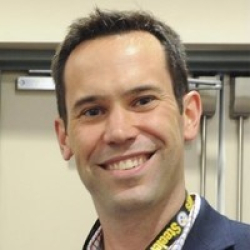
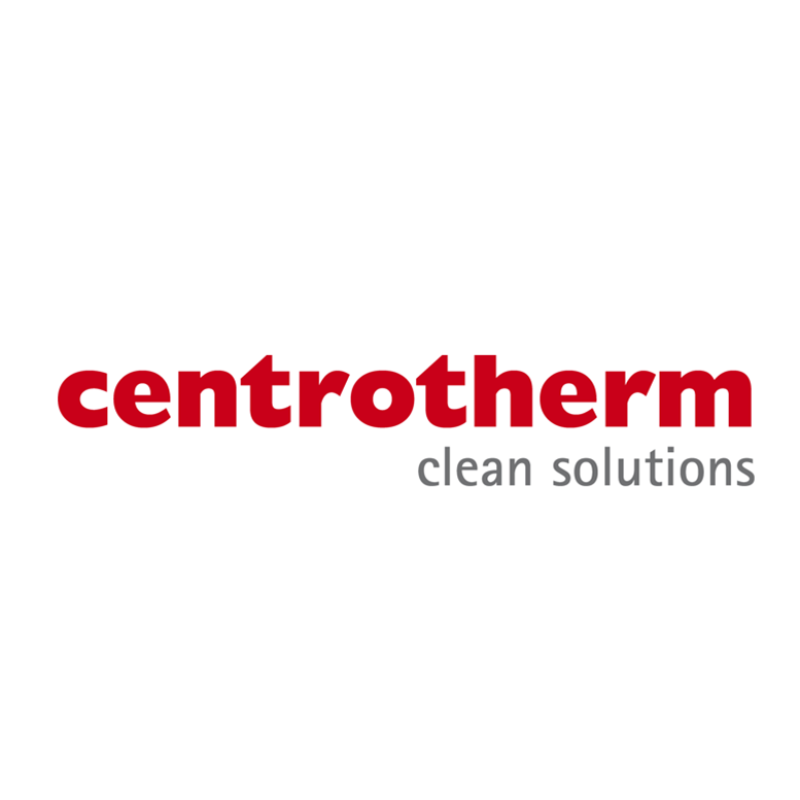 Abstract Biography |
|